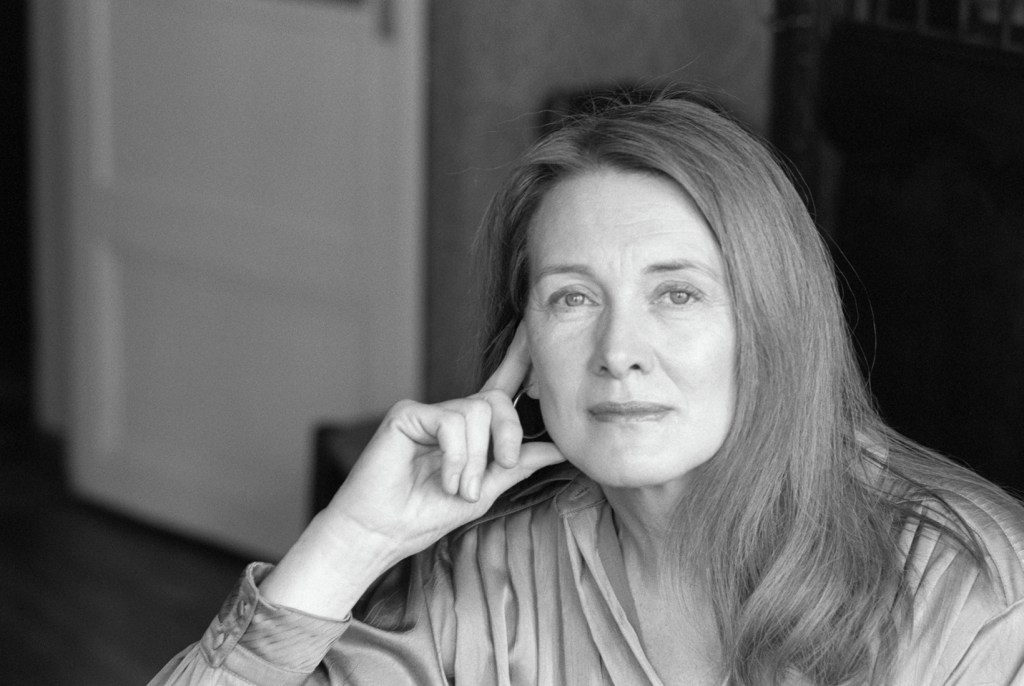How can you recover the teenage girl you were? Not just recall the memories and recount the events — this dress worn at that party, the taste of that alcohol on this boy’s mouth — but restore the world in which these things took place, and the self who acted and was acted upon. Is it possible to be your own Orpheus and yank the Eurydice of your former self from the underworld of forgetting? This is the problem that Annie Ernaux sets herself in this slim, transfixing memoir of young adulthood and first sexual experience.
It’s 2014 and Ernaux is looking at a picture. The picture was taken in 1958 and the girl in it is 17. The girl is Ernaux, and also she isn’t. For Ernaux to be the girl in the picture, she would (among other things) have to be able to ‘dream of going to a real party – a sur pat – at last!’, ‘support the continuation of French Algeria’, ‘feel my mother’s grey eyes follow me everywhere’, ‘not yet have read Beauvoir, Proust or Virginia Woolf’. She would have to feel, really feel, the ‘immeasurable significance of the loss of one’s virginity’ as it was in 1950s France.
Above all, she would have to be ignorant ‘with regard to my own history and that of the world’. So the girl is not Ernaux; she is instead ‘a stranger who imparted her memory to me’, which is a gorgeously precise description of the hazy relations between identity and time. (The translation, by Alison L. Strayer, is lucid and elegant.) The self is a narrative project, and without remembrance it ceases to exist. But everything that happens to the self changes the self. In order to write, Ernaux has to inhabit a version of herself from before all the things that have made her a writer.
She wonders: ‘Am I to dissolve the girl of 1958 and the woman of 2014 into a single “I”?’ The alternative is to ‘dissociate the former from the latter by the use of “she” and “I”,’ and so ‘go about it in the cruelest possible way: in the manner of people we hear talking about us through a door, referring to us as she or he, which makes us feel like we are dying on the spot’. A Girl’s Story is a careful, elegant dance between those two ways of writing the self: from the inside and from the outside, with partiality and with scrutiny.
At 17, Ernaux (then Annie Duchesne) is a bright, gauche, bookish girl. She is the beloved, closely guarded only child of two Normandy shopkeepers. She is top of her class at convent school. She is, by her own conviction and the affirmation of everyone around her, special. She is also naive. Her knowledge of the world beyond home comes from novels and magazines; and though she has kissed a boy, she has barely spoken to one, and her classmates’ sniggering references to sex routinely go over her head. Yet she has thought about boys constantly since she was 13.
This girl, writes Ernaux, ‘is all desire and pride. And she is waiting to fall madly in love’. In 1958, Annie takes a summer job as a tutor at a ‘health camp’ for children. On the first Saturday, there is a party (at last). She is picked out for attention by H, the head instructor. They dance, he takes her to bed, where he is too clumsy to penetrate her and too rough to bring her off with his hand, and he comes on her face. Through Ernaux’s voice, we understand the cruelty and coldness of the scene. Through Annie, we understand the physical force of wanting and being wanted: ‘She is subjugated by his desire for her, a man’s desire, wild, unbridled.’
After this she is in love with him, and he shuns her; she is shunned in turn by her fellow tutors, although not so shunned that the boys won’t avail themselves of her newfound sexual availability. ‘She is proud to be the object of lust, and quantity seems to her the gauge of her seduction value. She feels a kind of collector’s pride…she never has an orgasm.’ Her fall deepens into depression and bulimia, and then there is recovery — a recovery inseparable from writing.
Ernaux alludes to a gulf between these experiences (which left such shame that it took her a lifetime to write about them) and those of young women since, whom she assumes must suffer less stigma over sex. Less perhaps, but not none. For all that A Girl’s Story is intoxicatingly specific about time and place, it is also a story that belongs to any number of self-consciously clever girls with appetite and no nous, who must, like Ernaux, reckon with the entanglements of sexism and sexuality. But it is above all personal. In reclaiming the girl she was, Ernaux becomes her own Orpheus.
This article was originally published in The Spectator’s UK magazine. Subscribe to the US edition here.


















